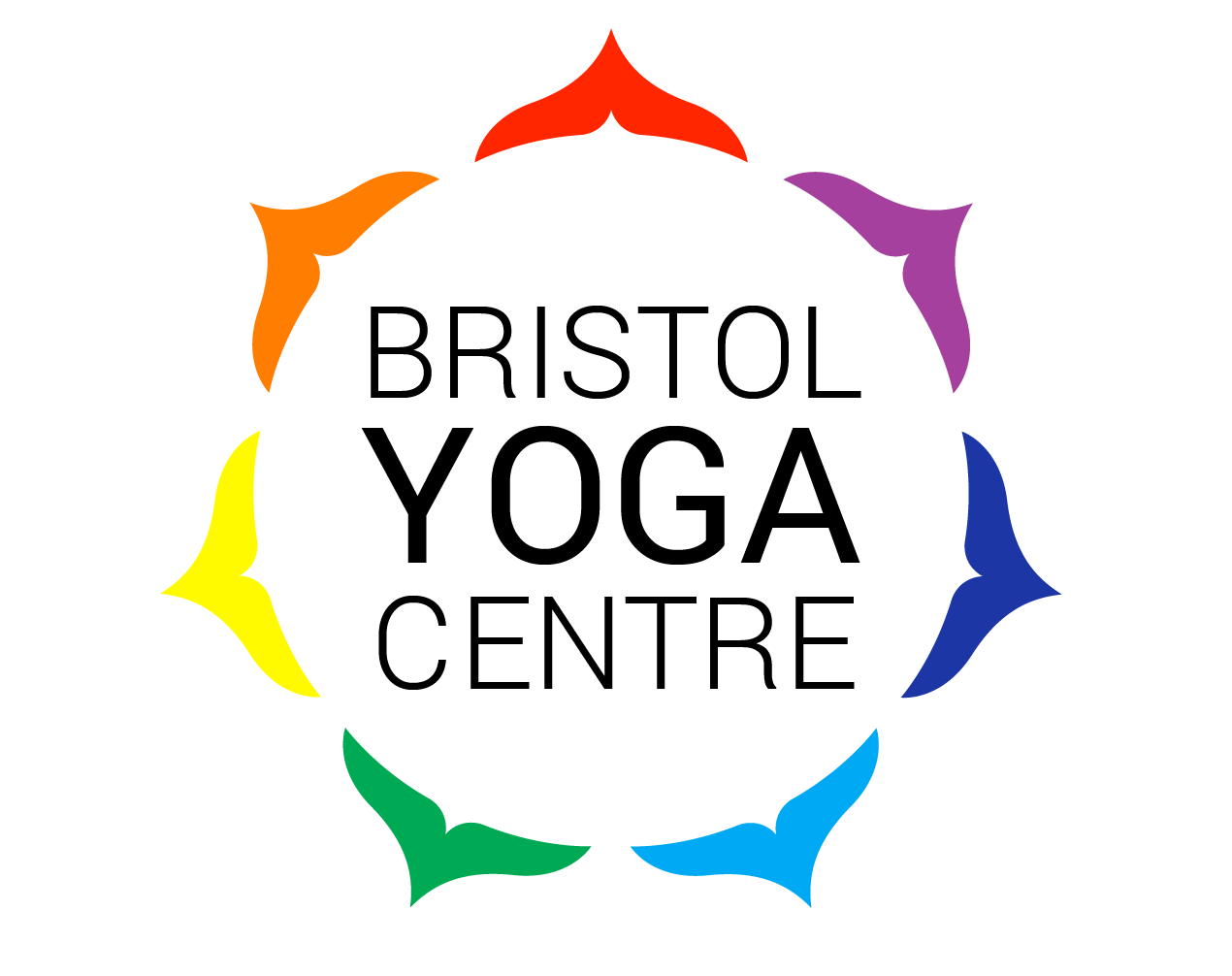Learning how to breathe properly is an essential part of yoga practice. Breath is often said to be the link between the mind and the body and yogis have always placed a great emphasis on the importance of the breath.
Breathing practice or Pranayama is the fourth limb of the eight limb of yoga called Raja yoga and encompasses the whole aspects of the yoga practice. The book of Hatha Yoga Pradipika demonstrates the essential role that the breath plays on the mental and physical wellbeing of the practitioner:
‘When the breath is unsteady, the mind is unsteady. When the breath is steady, the mind is steady, and the yogi becomes steady…’.
There are lots of different breathing techniques but you don’t necessarily need to use complicated breathing methods to gain benefit. In fact, if you’re new to breathing practice, it’s best to start by simply noticing the breath and finding out how you tend to breathe. Breathing is a semi-automatic system so it’s possible to breathe in an erratic and even in a stressful way without you noticing.
Due to modern day stress, many people have learnt to breathe in a shallow and fast way all of the time. This way of breathing encourages the sympathetic nervous system to trigger and cause unnecessary stress and tension in the mind and the body. Most noticeably, the secondary breathing muscles, the neck and the shoulders, become chronically tight and cause you to feel stressed and on the edge for no reason.
A simple breathing technique called 'diaphragmatic breathing' can help to re-train the body to breathe from the primary breathing muscles which helps to calm and aid relaxation. If you find it difficult to breathe in this way, try placing your hands on the diaphragm as this is a great way to direct the breath from the right place. Another technique is to concentrate on the exhalation of your breath as it will naturally encourage your inhalation become deeper. Make sure that you gradually lengthen and deepen the breath and try to avoid straining as this will be counter productive.
Spending several minutes preparing the breath before you begin your asana (posture) practice can really help to tune and open your breath. It also encourages you to stay in the present moment and help you to concentrate. If you find it difficult to sit in an upright position, you can always choose to lie down or sit on a chair or a cushion as it’s crucial to have your chest opened and your spine lengthened.
I have personally found that breathing properly has helped me to stay relaxed and grounded, helping me to progress within my yoga practice and provided me an excellent tool to cope with challenges in my everyday life.
If you’re interested in exploring your breathing further, I recommend that you read Donna Farhi’s ‘The Breathing Book’.

